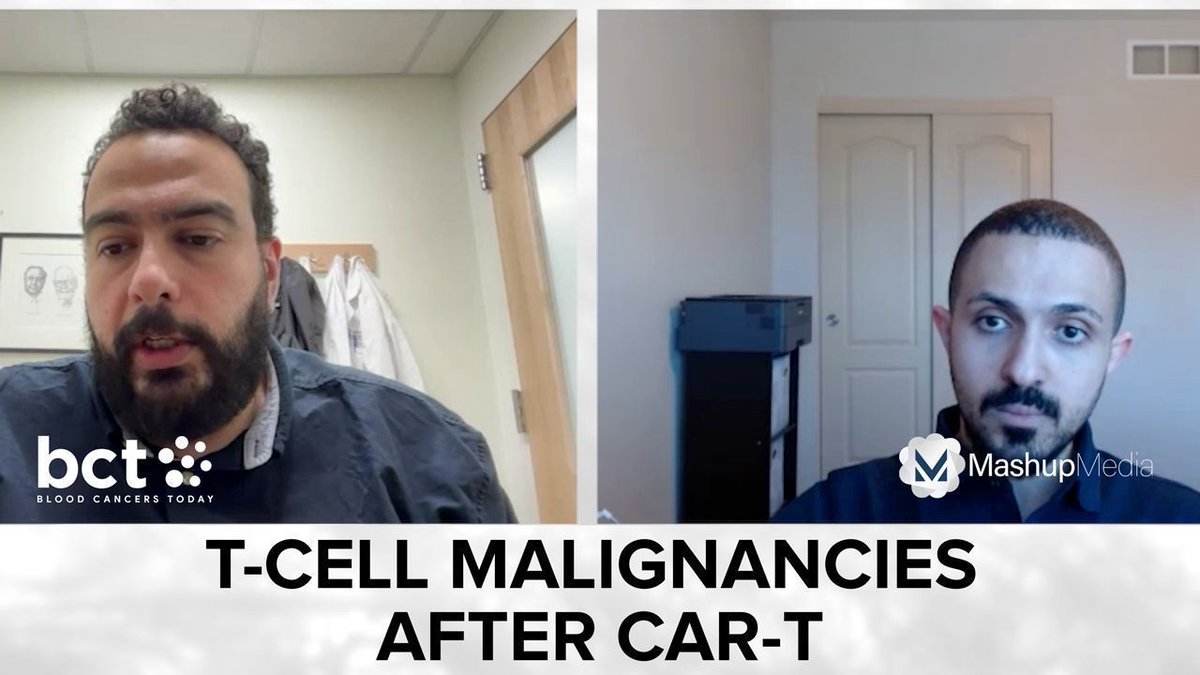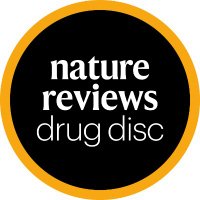
Magdi Elsallab, MD, PhD
@elsallabmagdi
Instructor @harvard | @marcelamaus lab | GMP process development | CAR-T enthusiast | Pushing innovations through bottlenecks
ID: 1267807153290645505
02-06-2020 13:16:06
190 Tweet
214 Followers
544 Following

Why can RNA only be linear or circular? It can be branched! We made multi-tailed mRNA, and we had fun! Here is our story led by brilliant graduate student Hongyu Chen: rdcu.be/dB7ck and his cartoon illustration👇MIT Chemistry Broad Institute


What is the incidence of T-cell malignancies after CAR-T? Magdi Elsallab, MD, PhD, of Mass General Cancer Center, and Moataz Ellithi, of University of Nebraska Medical Center, stopped by BCT to discuss their FAERS database analysis on T-cell malignancies after CAR-T. 📺 Watch here: buff.ly/4aYtiqu


Carl June and I reviewed the current evidence on the potential risk of T-cell lymphoma after #CART immunotherapy. Now online Blood Cancer Discovery !!! Penn Medicine Penn Medicine - Abramson Cancer Center rb.gy/im1r7i

🚀 Join Our Team at Baylor College of Medicine! 🧬 We’re looking for passionate technician to join our lab at Center for Cell and Gene Therapy. Help us develop innovative and accessible cell therapies for cancer and autoimmunity using genome editing. Pls RT 🙏 jobs.bcm.edu/job/Research-T…







Harvard-MIT Center for Regulatory Science Director Florence Bourgeois, former CRS fellow Magdi Elsallab, MD, PhD, and former visiting student Sandra Gillner, publish JAMA Internal Medicine study comparing evidence submitted to the FDA and EMA for cell and gene therapies. Find the full study here: jamanetwork.com/journals/jamai…

The Hospital Clínic de Barcelona & Medical College of Wisconsin are rethinking how #CAR-T therapies are manufactured. Read our feature on the topic sohoinsider.com/news/spains-mo… Nirav Shah Magdi Elsallab, MD, PhD Leticia Alserawan


